Gray vs Grey: What’s The Difference?
Today, we’re going to explore one of those curious pairs:
“Gray” and “Grey.”
They both describe the same COLOR, that cool shade that’s not quite black and not quite white, like clouds on a rainy day or your favorite comfy sweatshirt.
But what’s up with the different spellings?
Is there a secret rule for using one over the other, or is it just to confuse us all?
Don’t worry, we’re about to dive into the world of “Gray” vs. “Grey,” figure out the difference, and when to use each one.
Let’s unravel this color conundrum!
Definition of Gray
Alright, let’s focus on “Gray.” This word is all about a specific color – it’s that cool, neutral shade that’s in between black and white.
You know… like the color of an elephant, a cloudy sky, or the way your jeans look when they’re not quite black but definitely not blue…
For example, you might say,
“I’m wearing my gray sneakers today.”
It means those shoes aren’t super dark like black ones or bright like white ones, but somewhere in the middle.
OR
If you’re talking about a gloomy day, you might describe it as a “gray day,” meaning the sky is full of clouds, and the sun isn’t really shining.
*In most cases, “gray” is used in American English.
So, if you’re in the United States or reading an American publication, this is the spelling you’ll likely see.
Definition of Grey
Now, let’s switch to “Grey.”
Just like “Gray,” “Grey” represents that same color, the one that’s not quite black and not quite white.
It’s the color of fog on a chilly morning, the fur of a mouse, or the sleek look of a battleship.
For instance, if you’re describing an old, stone castle on a hill, you might say,
“The castle was made of grey stones.”
OR
Wwhen talking about a pet cat that’s not really black or white, you could say,
“My cat is grey with a bit of white on her paws.”
The key thing about “grey” is that it’s typically used in British English.
So, if you’re in the UK, Australia, or reading a British publication, this is the spelling you’ll come across.
Etymology and Historical Usage
The words “Gray” and “Grey” share the same origin and meaning, but their spelling differences reflect historical and regional language developments.
Origin and Etymology
Both “gray” and “grey” originated from the Old English word “grǣg.” This term has Germanic roots, with similar words in related languages, like the Middle Low German “grē,” which also means gray.
The difference in spelling can be traced back to the influence of various forms of English. The word evolved in Middle English as “grai” or “grey” in Britain and “gray” in America.
Comparative Analysis
When comparing “Gray” and “Grey,” it’s interesting to note that, in terms of meaning and connotations, there is no difference between them. The distinction lies solely in their regional usage and spelling.
“Gray”
- Usage: “Gray” is the preferred spelling in American English.
- Example: “The gray sky over New York gave the city a somber look.” This example uses the American English spelling of “gray.”
“Grey”
- Usage: “Grey” is the spelling commonly used in British English, as well as other forms of English outside the United States.
- Example: “London’s grey mornings are famous for their mist and drizzle.” Here, “grey” is used in the context of British English.
Common Mistakes and Misuses
The most common mistake in using “Gray” and “Grey” is simply mixing up their spellings based on the regional variant of English being used.
Here’s how to avoid this error and remember which spelling to use:
Common Mistake
Using “Grey” in American English contexts or “Gray” in British English contexts.
For example, an American writing,
“The sky is grey today”
OR
A British writer noting,
“He wore a gray suit.”
Tips for Remembering
For “Gray” (American English): Think of “A” for America. Both “Gray” and America have the letter ‘A.’ So, if you’re writing in American English or for an American audience, use “Gray.”
For “Grey” (British English): Remember “E” for England. Both “Grey” and England have the letter ‘E.’ Use “Grey” when writing in British English or for audiences in the UK and other regions that follow British spelling conventions.
Visual Mnemonic
Imagine the American flag with “Gray” and the British flag with “Grey.” This can help associate each spelling with the correct version of English.
By keeping these simple tips in mind, you can ensure that you’re using the correct spelling for the variant of English you’re writing in. The key is to match your spelling of “gray/grey” with the regional spelling standards of your audience or the context in which you are writing.
Practical Tips for Distinguishing Between Their and There
To help you easily distinguish between “Gray” and “Grey” and use them correctly based on regional language norms, here are some practical tips and a mnemonic device, along with a comparison table.
Practical Tips:
- Remembering “Gray” for American English: Associate the ‘A’ in “Gray” with ‘A’ for America. If you’re writing for an American audience or using American English, “Gray” is the spelling to use.
- Remembering “Grey” for British English: Connect the ‘E’ in “Grey” with ‘E’ for England (and other English forms outside the U.S.). In British English, as well as English used in countries like the UK, Australia, and Canada, “Grey” is the correct spelling.
Mnemonic Device:
- Gray/America: Both have ‘A.’
- Grey/England: Both have ‘E.’
Comparison Table:
| Feature | Gray | Grey |
| Regional Usage | American English | British English (and other regions outside the U.S.) |
| Example | “The gray clouds loomed over the city.” | “The grey skies of London are iconic.” |
| Mnemonic | ‘A’ for America | ‘E’ for England |
Extra Tip:
- The key to choosing the correct spelling lies in understanding your audience or the regional language norms you’re adhering to. If your writing is intended for a global audience, stick with one spelling consistently throughout your text.
Usage in Literature and Media
In literature, movies, and other forms of media, “Gray” and “Grey” are used in a variety of contexts, reflecting the preferred regional spelling of the color.
“Gray”:
In American Literature: American authors typically use “gray.” For example, in Ernest Hemingway’s works, you might find a description like,
“The gray morning light crept through the window.”
In American Media: In American films or TV shows, characters might comment on the weather, saying, “Looks like a gray day,” reflecting the American spelling.
“Grey”:
In British Literature: British authors use “grey.” A classic example can be found in Oscar Wilde’s writing, such as, “The sky was a dull grey,” portraying the typical British weather.
In British Media: In British cinema or television, a character might describe something like an overcast sky by saying,
“The skies are turning grey,” adhering to the British spelling convention.
Examples in Use:
Gray (American Usage):
“He admired the sleek gray finish of the car.”
(American Novel)
Grey (British Usage):
“She wore a soft grey scarf that complemented her eyes.”
(British TV Show)
These examples illustrate how the choice between “Gray” and “Grey” is primarily a matter of regional spelling preference, with no difference in meaning or context. Whether a book describes a “gray wolf” or a “grey wolf,” a movie shows “gray clouds” or “grey clouds,” the color being referred to is the same.
Resources
For those keen on exploring more about language and its usage, several excellent books can offer deeper insights and enrich your understanding. Here’s a list of some recommended titles that cover various aspects of language, from grammar and usage to the evolution and quirks of English:
“The Mother Tongue: English and How It Got That Way” by Bill Bryson.
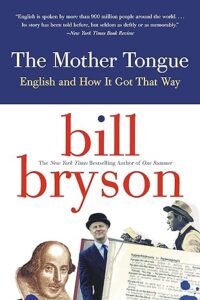
An engaging exploration of the English language, its history, and its oddities.
“Eats, Shoots & Leaves: The Zero Tolerance Approach to Punctuation” by Lynne Truss.
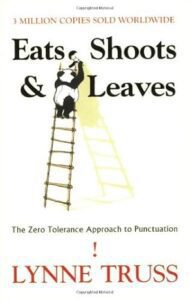
A witty and informative book about the importance of punctuation in English.
“The Elements of Style” by William Strunk Jr. and E.B. White.
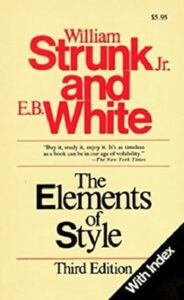
A classic guide to writing in English, offering clear advice on grammar, style, and composition.
“Between You & Me: Confessions of a Comma Queen” by Mary Norri.
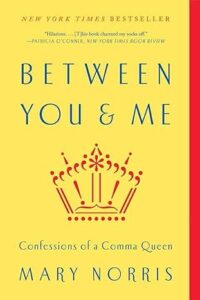
Written by a longtime New Yorker copy editor, this book offers insights into the nuances of language and editing.
“Word Power Made Easy” by Norman Lewis.

A comprehensive vocabulary-building tool that also enhances understanding of English usage.
“Dreyer’s English: An Utterly Correct Guide to Clarity and Style” by Benjamin Dreyer.
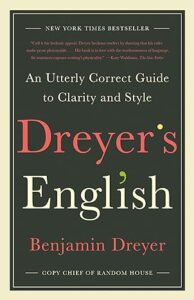
A modern guide to writing clear and stylistically sound English.
“On Writing Well: The Classic Guide to Writing Nonfiction” by William Zinsser.
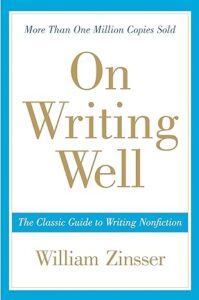
A book providing valuable advice for writing nonfiction, emphasizing clarity, simplicity, and efficiency.
“The Sense of Style: The Thinking Person’s Guide to Writing in the 21st Century” by Steven Pinker.
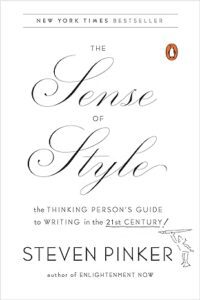
Linguist Steven Pinker applies insights from the science of language to explain what makes certain writing styles effective.
These books provide a mix of guidance on proper usage, interesting anecdotes about the English language, and practical tips for better writing. They are valuable resources for anyone wishing to deepen their understanding and appreciation of language, whether for academic, professional, or personal growth.
